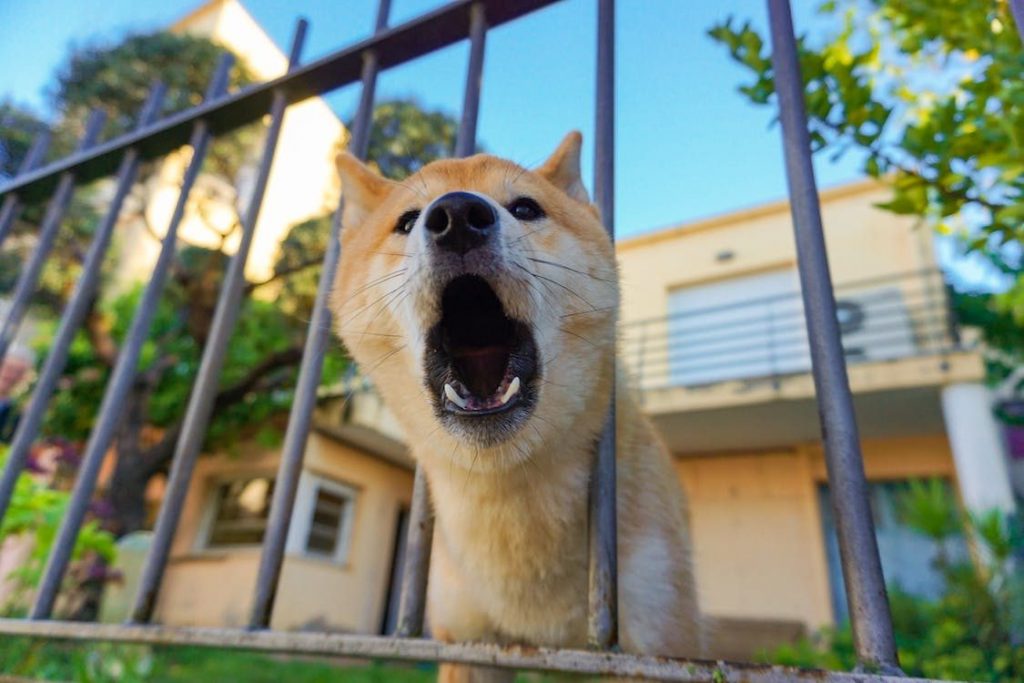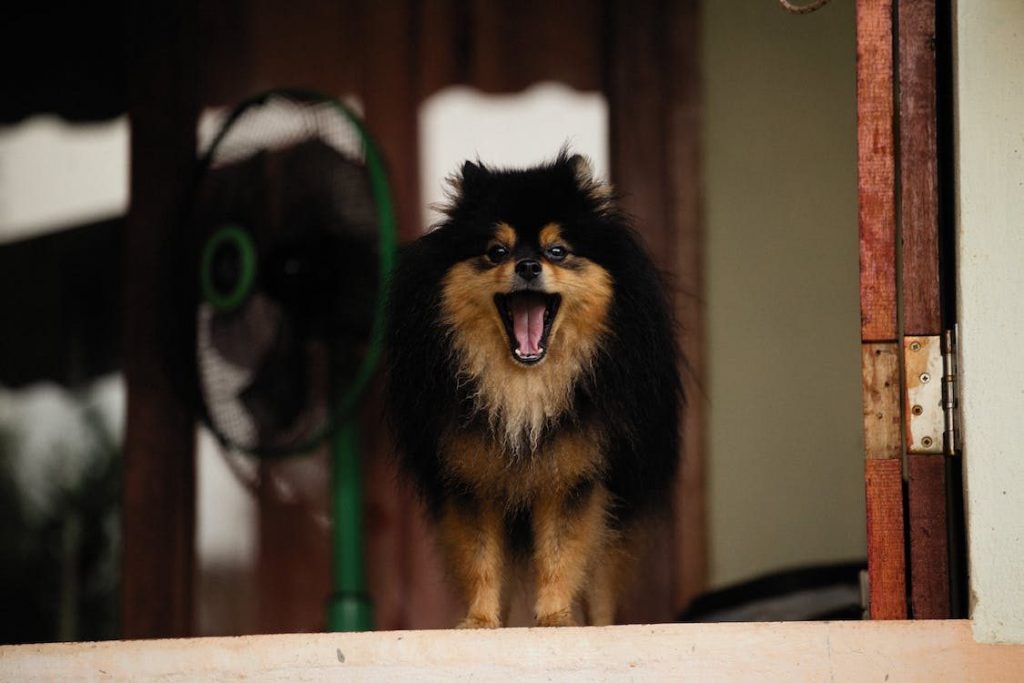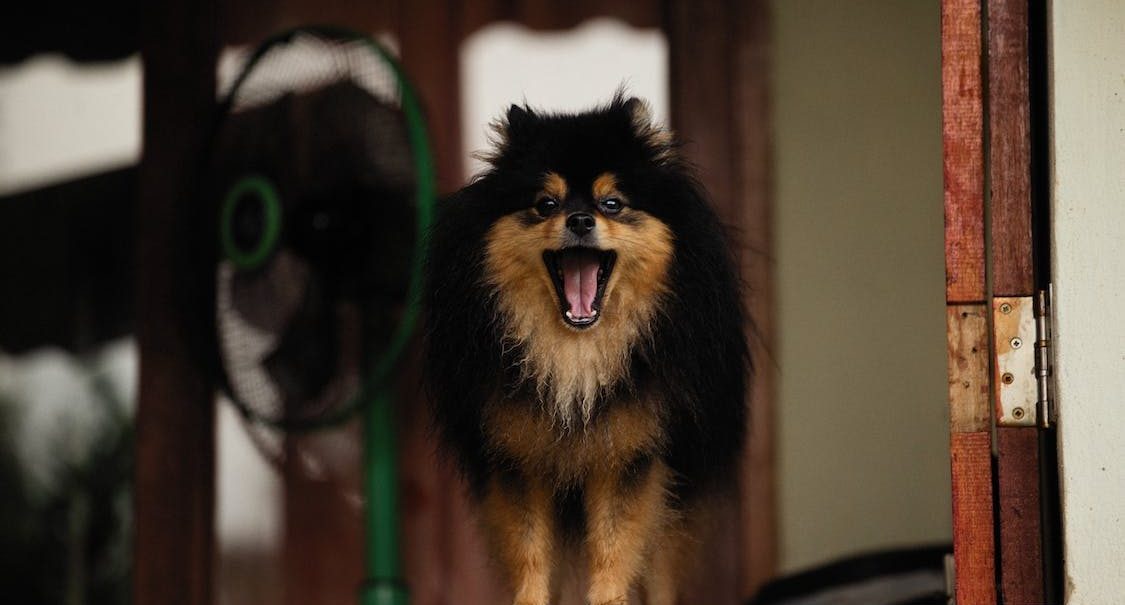Protective aggression in dogs is a common and a severe behavioral problem. This is why many people seek professionals, behaviorists, or trainers’ help to mend their dogs’ behavior.
Protective aggression is a concerning matter. It involves the complicated pattern of your dog’s behavior, which is why vets consider it tricky to deal with. Even its diagnosis is complicated. Many pet owners fail to understand their dog’s behavior at the initial stages.
Did you know? One of pet owners’ most frequently asked questions is why their dog is suddenly aggressive towards strangers.
Therefore, you must understand protective aggression in detail if you are planning to bring a furbaby to your home or are already dealing with a protective, aggressive pup.

This article will provide an in-depth analysis of protective aggression in dogs and highlight the best possible ways to deal with protective, aggressive behavior in your dog.
What Is Protective Aggression?
Before finding the best treatment to handle protective aggression, we need to analyze this behavioral problem.
Protective aggression in dogs is their obsessive behavior or possessiveness about their owners and other fellow friends. They tend to show this behavior while seeing an unknown person or often sensing some threat. It can also be referred to as overprotectiveness.
Generally, dogs are super protective about the person, object, or friends they love. And that is pretty normal.
However, it becomes worrisome when their protectiveness changes into aggression. A protective, aggressive dog starts showing a range of behavior that usually begins with alarming signals. However, these warning signs can also culminate in an attack.
In a nutshell, expecting protective behavior from dogs is natural. It is considered one of their best attributes. Whereas seeing this behavior getting transformed into aggression is a serious behavioral problem
The below-mentioned table will help you understand this difference better.
Sign of Protective Behavior
- Alert but remain calm
- Constantly vigilant about the surroundings
- Twirling around you and the possible threat of investigation
- Growling or barking at the possible threat
- Staying calm and stops barking if he senses everything normal
Signs of Aggressive Protective Behavior
- Constant growling and barking – portraying an altogether threatening stance
- Rasing of the hackles and muzzle punching
- Overreacting to any situation all the time
- Lunging and snapping
- Baring his teeth and trying to bite at the perceived threat
- Territorial urination
It is vital to note that dogs do not follow this sequence to show their unlikeness. They can express any of the signs mentioned above simultaneously. Often, they simultaneously bite or muzzle punch the perceived threat before giving warning signs. Also, the perceived threat can be a new person or any other new animal.
Studies tell that the primary purpose of dogs showing protective aggression is to negotiate social interactions.
Protective Aggression Dog Training
Having a protective, aggressive dog can really get on your nerves. We understand its worrisome but a problem that can be addressed.
So, first of all, do not lose your nerves and take the mandatory actions to handle this problem effectively.

We are here to equip you with the five most potential ways to deal with protective aggression in dogs.
1. Desensitize Your Dog
Desensitization is a behavioral approach to exposing dogs to external stimuli at the beginner level. These stimuli tend to cause an undesirable reaction. Since the stimuli are exposed at the beginner or significantly lower level, dogs do not show extreme repose. Often, they do not even respond to these stimuli.
Gradually, you can move from lower-level stimuli to intense stimulates. In the beginner levels, you can use some objects as prompts to desensitize them.
Then, you can move to intense stimuli, such as introducing your pup to guests under your supervision. Before doing so, give your guests the favorite chew of your dog so they can give your dog as a token of friendship. That’s how pet owners can teach their pups to stay calm and less reactive to new people, animals, or objects.
Repeat these processes as many times as you deem fit. Just know that desensitization is a beneficial method for dealing with aggressive dogs.
2. Socialize Your Dogs
Socialization is another important factor that helps in dealing with protective aggression. It is a process of teaching your four-legged friend to interact with other animals and people successfully.
The process of socialization should be introduced to dogs from an early age. It will help them to learn how to interact with strangers and accept their presence around their owners.
Just remember that take your furbaby for socialization once you desensitize him.
3. Provide Calming Supplements
Providing calming supplements to your dog can also help in controlling its aggression. It is vital to note that an authorized vet or behavioral expert should prescribe the supplement. The added benefit of taking a supplement is that they provide additional nutrients such as Thiamine (Vitamin B1), minerals, and other vitamins.
The supplements also help improve dogs’ mental working and brain functioning. In addition, most dog calming supplements contain L-Tryptophan, which helps suppress stress and anxiety in dogs.
4. Seek Professional Behavior Experts Help
Aggression in dogs is a serious matter that must be handled carefully. Suppose you have already tried the methods mentioned above to treat your furbaby’s aggression but not succeed in doing so. In that case, it is now the time to seek a professional behavior expert’s help.
A professional dog behavioral expert will develop a customized treatment plan. It is vital to note that the plan is developed in-depth after understanding your dog’s behavior, personality, and temperament.
Also, the expert records your dog’s responses to the treatment and suggests further modifications to the plan. Just keep in mind that consistently devise a treatment plan from Certified Applied Animal Behaviorist (CAAB or ACAAB), a veterinary behaviorist (Dip ACVB), or a Certified Professional Dog Trainer (CPDT).
5. Reward Your Pet
Rewards and positive reinforcements also help in controlling the aggressive behavior of dogs. Also, introducing your pup politely and with appreciation to your guests will evoke positive feelings and encourage him to behave well.
Appreciation and a positive attitude towards dogs wonder in dealing with the protective aggression of your furry friend.
The Final Take
To conclude, protectiveness is a pretty standard innate trait of dogs. However, overprotectiveness turns into proactive, aggressive nature, which is an alarming concern for all pet owners. Therefore, it should be handled carefully under the supervision of authorized experts.



Leave a Reply